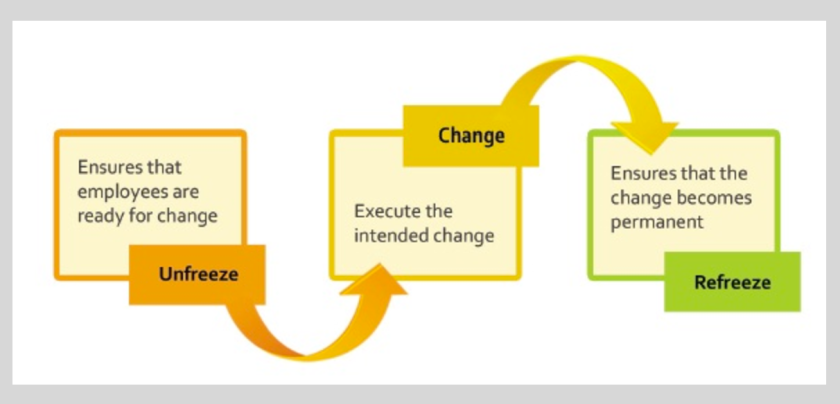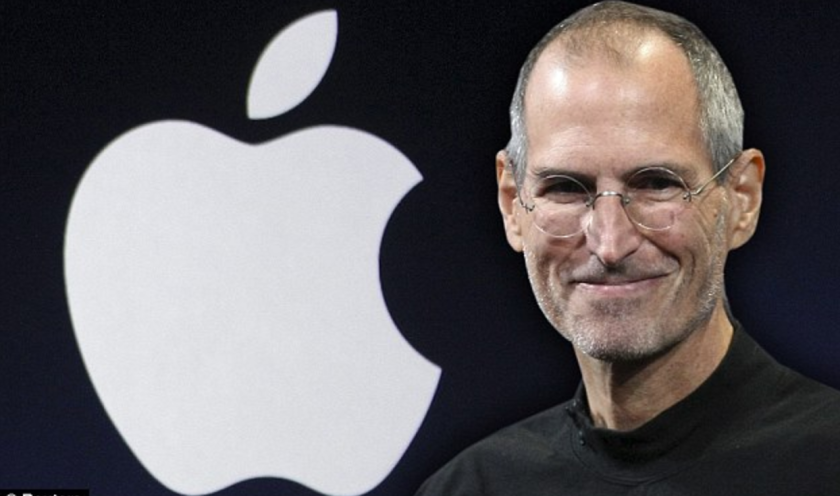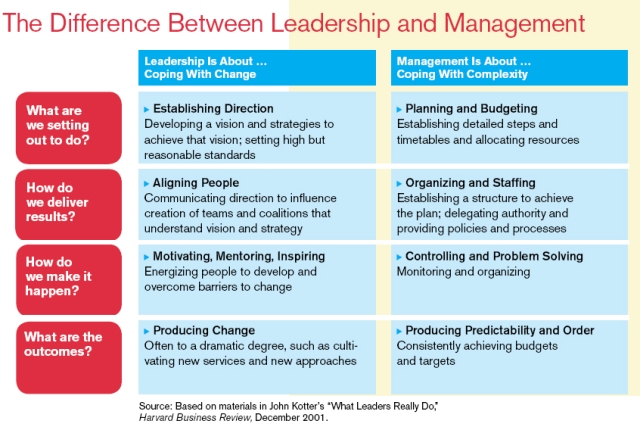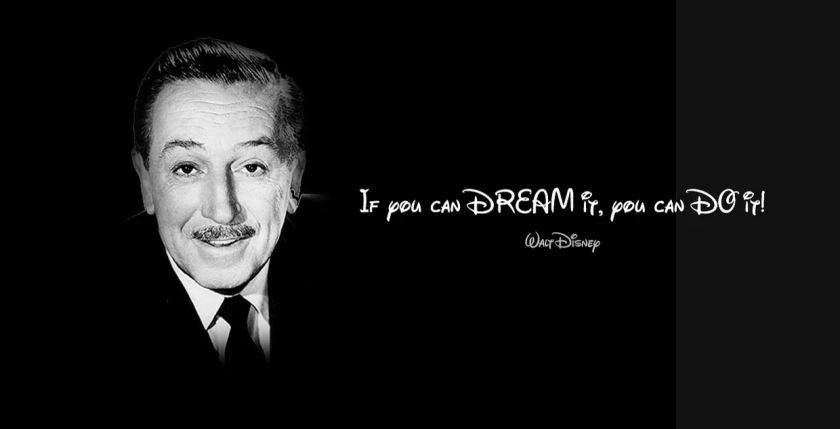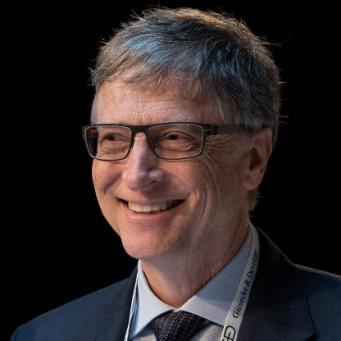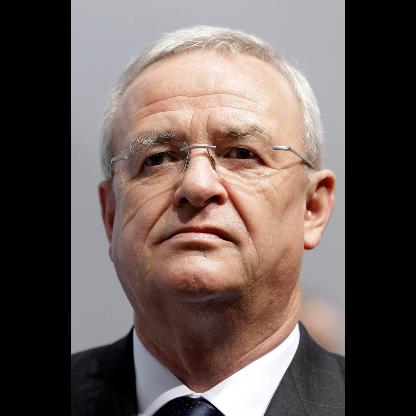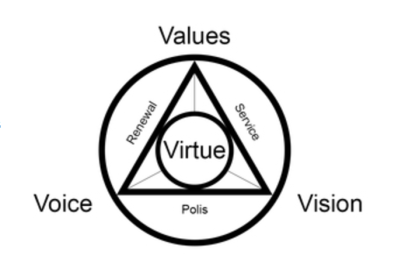Blog 5: My vision of leadership
In my personal view, leadership is quality, behaviour, personality and also a character that is built within an individual. It is essential for a person to know what are their strengths and weaknesses. In addition, the leader must be aware about the purpose of doing a certain task. Furthermore, an individual should not be afraid of leading people if they have the capability of making people work together to achieve great things. Teamwork and guidance are very important in order to be a great leader. As mentioned by Transformational Leadership (n.d), transformational leadership develops performance and motivation of leaders and their teams and followers. Transformational leaders are committed to their what they desire to do and have a very charismatic character in them.
According to Reynafarje (n.d), Mahatma Gandhi was a transformational leader. He was a great leader in India, which led his followers with his kind and influential personality. Gandhi was well known for being the father of the nation in India (Moore 2011).
Figure 1: Mahatma Gandhi (Biography.com n.d)

The link gives a brief biography about Gandhi (Biography.com n.d)
https://www.biography.com/video/gandhi-mini-biography-469938755902
Certain charismatic celebrities or leaders of nations inspire people due to their great work. I am a huge follower and a fan of Ellen DeGeneres. I like her enthusiasm of helping people without discriminating. She is a kind and a fun leader who always tries to make people happy. Although she is labelled as a comedian, her leadership style and personality enlightens people across the world (Morgan 2015). Thus, I would like to learn to be someone similar to her as she inspires me.

Figure 2: Ellen DeGerenes (Ryanbodell 2016)
Besides that, 16personalities.com (n.d) showed that my personality type is “the entertainer”. I agree on most of the characteristics mentioned on that personality test as it was based on my perspectives. In addition, I will research further on my personality and attributes, as I will have to look for a job once I have completed my MBA.
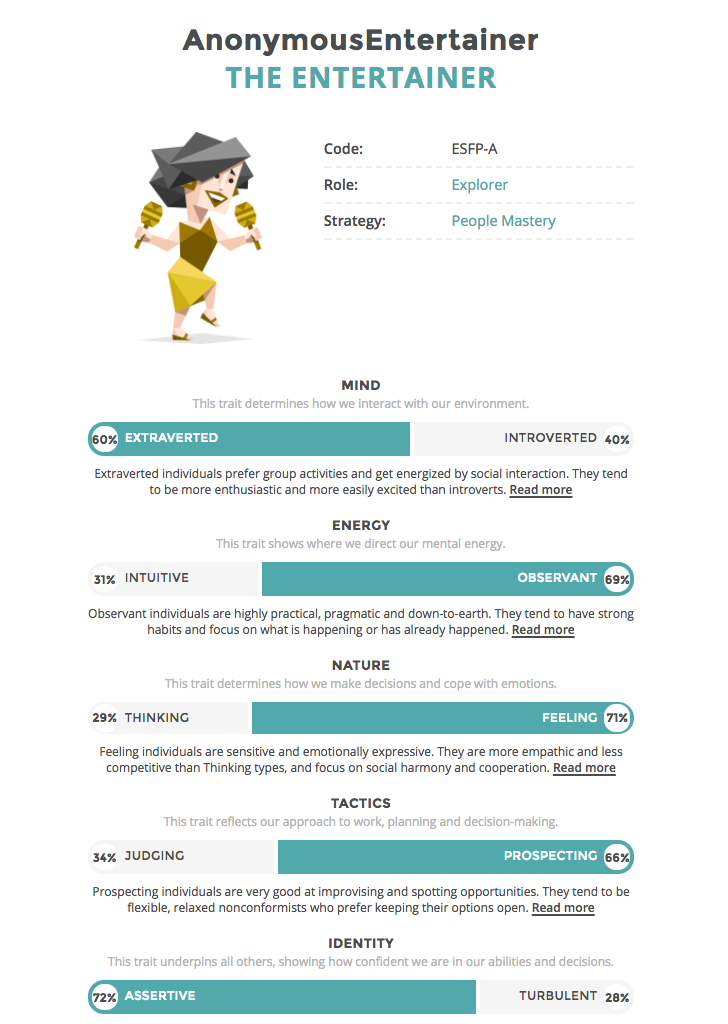
Figure 3: Results of personality test (16personalities.com n.d)
The following link is the explained version of the personality test from 16personalities test that I have done (16personalities.com n.d).
https://www.16personalities.com/profiles/1d86b198a4797
Feedback from teammates
As I was in a team of five members during my “leading in a changing world” subject, I was able to know and learn from my mates. During the past 10 weeks, we have been doing seminars together. In addition, we all got to understand each other’s characters as well as some skills. My team members filled up a feedback form in which I was able to know myself better from how others see me. They mentioned few of my strengths and points I could improve on in order to become a better leader.
Some of the factors that my teammates want me to improve are participation, confidence, and not being independent. The reason why I was not able to give much time for being actively participative during the class seminars is due to the time constraints. We were given a short period of time to prepare for team discussions and to present in the class. As a result, I focussed more on how I could understand and apply the theories. However, working independently has been always my personality. Although I prefer working alone, I still contribute my share of work and ideas within my team members and classmates. Furthermore, I sometimes lack confidence as I feel I have a lot of room to improve in my knowledge. People have their own perception about themselves regarding experience. I will try to reflect myself and improve on how I could develop on participating, being confident as well as how I could interact more within teamwork in the future.
I would like to improve my confidence, research, communication and interpersonal skills. The most essential skill in a leader is communication. Communication plays a huge role in any aspect of life. Prive (2012) mentioned that in order to be a remarkable leader, communication is one of the top 10 qualities. Furthermore, the leadership skills that I need to advance more are teamwork skill. During the period of time as a MBA student, it is crucial to work together with the team members to perform efficiently.
In summary, I have learnt that communicating among the lecturers and students help to broaden the knowledge and also it is easy to clear doubts. Hence, it is important to take initiative and have confidence. I will try to be more participative during my next semester. I look forward to learn new theories and frameworks in order to enhance my experience and understanding.
Word count: 774
References
16personalities.com. (n.d.). AnonymousEntertainer – The Entertainer | 16Personalities. [online] Available at: https://www.16personalities.com/profiles/1d86b198a4797 [Accessed 15 July 2017].
Biography.com. (n.d.). Gandhi – Mini Biography. [online] Available at: https://www.biography.com/video/gandhi-mini-biography-469938755902 [Accessed 15 July 2017].
Biography.com. (n.d.). Mahatma Gandhi. [online] Available at: https://www.biography.com/people/mahatma-gandhi-9305898 [Accessed 15 July 2017].
Moore, K. (2011). Forbes Welcome. [online] Forbes.com. Available at: https://www.forbes.com/sites/karlmoore/2011/08/22/2-lessons-from-indiasgreatest-leader-gandhi/#75d03d355ec1 [Accessed 15 July 2017].
Morgan, J. (2015). The Leadership Style of Ellen DeGeneres. [online] Radically Distinct Brand Strategy | Jenn Morgan. Available at: http://www.jennmorgan.com/jenn-blog/2015/10/23/the-leadership-style-of-ellen-degeneres [Accessed 15 July 2017].
Prive, T. (2012). Forbes Welcome. [online] Forbes.com. Available at: https://www.forbes.com/sites/tanyaprive/2012/12/19/top-10-qualities-that-make-a-great-leader/#6f3c4aed7754 [Accessed 15 July 2017].
Reynafarje, A. (n.d.). Leadership Style. [online] Mahatma Gandhi. Available at: http://fatherofthenation.weebly.com/leadership-style.html [Accessed 15 July 2017].
Ryanbodell (2016). The Ellen Degeneres Show has found a UK home on ITV2!. [online] CelebMix. Available at: http://celebmix.com/the-ellen-degeneres-show-has-found-a-uk-home-on-itv2/ [Accessed 15 July 2017].
Transformational Leadership. (n.d.). Transformational Leadership | Pachamama Alliance. [online] Available at: https://www.pachamama.org/transformational-leadership [Accessed 15 July 2017].

